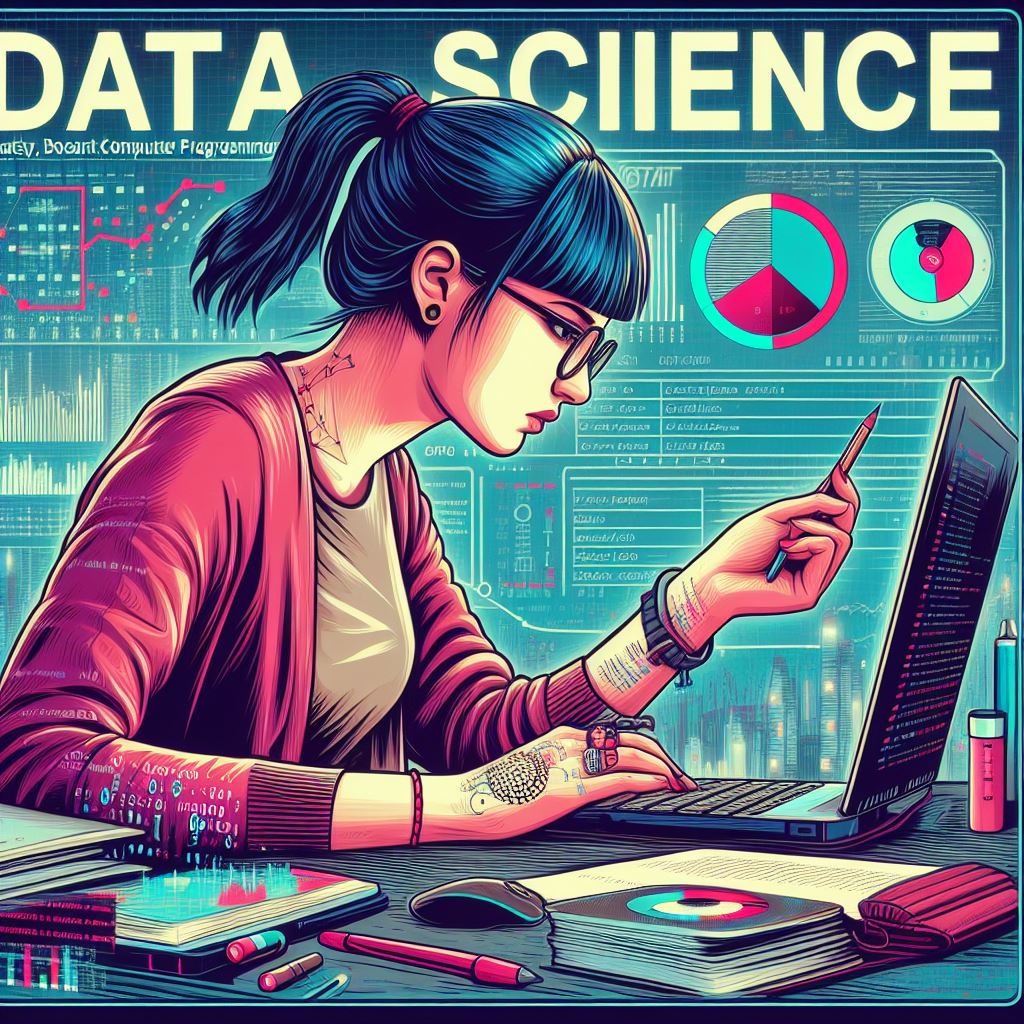In the rapidly evolving world of data science, one of the most powerful tools available is web scraping. Web scraping is the process of extracting data from websites using automated tools, and it plays a crucial role in gathering valuable information for analysis, machine learning, and business intelligence. By leveraging web scraping, businesses and data scientists can collect vast amounts of data from the internet, transforming raw information into actionable insights that drive decisions and innovation.
What is Web Scraping in Data Science?
Web scraping, also known as web harvesting or data extraction, involves using specialized software or scripts to crawl websites and extract data. Unlike traditional methods of data collection, web scraping allows for the automatic extraction of large datasets from multiple web pages, eliminating the need for manual data entry. This capability is especially valuable for industries like e-commerce, finance, marketing, and more, where staying updated with real-time data is crucial.
In data science, web scraping is an essential technique for data gathering. By extracting data from various sources like product listings, news sites, job boards, or social media, data scientists can create datasets that are rich in real-time insights. This data is often used to build predictive models, identify trends, and create machine learning algorithms that help businesses understand customer behavior, forecast market movements, and optimize operations.
The Role of Web Scraping in Data Science Projects
Web scraping is integral to many data science projects, especially those that involve large-scale data collection from publicly accessible online sources. Here’s how it fits into data science workflows:
Data Collection: The first step in any data science project is gathering the right data. Web scraping automates this process, enabling the collection of structured and unstructured data from websites. This is a time-saving solution for industries where the demand for real-time data is high.
Data Preprocessing: After scraping the data, it often needs to be cleaned and transformed to fit the needs of machine learning algorithms. This step can involve removing irrelevant information, normalizing data formats, or handling missing values to ensure the data is in a usable state.
Data Analysis: Once the data is collected and preprocessed, data scientists can perform exploratory data analysis (EDA) to identify patterns, correlations, and insights. This helps businesses uncover hidden opportunities or detect emerging trends in the market.
Building Machine Learning Models: With clean, relevant data in hand, data scientists can develop machine learning models to predict outcomes, classify information, or automate decision-making processes. These models can be fine-tuned based on the insights gained through web scraping.
Real-Time Insights: One of the key advantages of web scraping is its ability to provide real-time data. Businesses can use this to track competitor pricing, market sentiment, or customer feedback on social media platforms, ensuring that their strategies are always up-to-date.
Challenges and Ethical Considerations in Web Scraping
While web scraping offers numerous advantages, it is not without its challenges. The first obstacle is the technical complexity involved in writing scraping scripts that can handle complex websites with dynamic content. Tools like BeautifulSoup, Selenium, and Scrapy are commonly used for web scraping, but they require a strong understanding of programming and web technologies.
Another significant concern is the ethical and legal implications of scraping data. Many websites have terms of service that prohibit scraping, and violating these terms can lead to legal action or being blocked from accessing the site. Therefore, it’s essential for businesses and data scientists to understand and adhere to legal frameworks, such as the General Data Protection Regulation (GDPR), when conducting web scraping activities.
Conclusion
Web scraping is a powerful technique in the field of data science that allows businesses to access and analyze data from the web on a massive scale. When combined with machine learning and data analysis, it provides valuable insights that can drive business decisions, optimize operations, and uncover new opportunities. By automating data collection and reducing manual effort, web scraping makes it easier for data scientists to focus on extracting actionable insights and improving predictive models. However, businesses must also be mindful of the legal and ethical challenges that come with scraping data, ensuring that their practices are transparent and compliant with relevant regulations.
5


